| item(s), Total: $0.00 View Cart |
| Shopping cart is empty. |
Welcome to our December newsletter. So Christmas is just around the corner again. I hope you're ready for it - if you need ideas for Christmas gifts for gardening friends & relatives, see our suggestions below for inspiration, or browse around our revamped website (Do you like it?? The idea was to make it easier to navigate and it's also now fully mobile responsive).December marks the official start of summer. We've experienced a mild spring so far with a few hot days - but we know there's more to come very soon! If you need to top up mulch, it's definitely time to take action. We've got a range of new mulches available - so why not drop in and check them out?
|

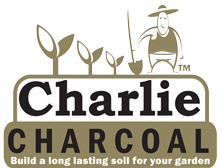

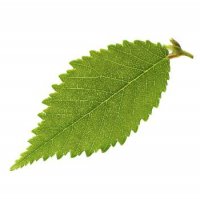
 Most of you know that we've had major roadworks happening on Farrall Road. It has been quite disruptive (especially when the excavator managed to dig up the Telstra cable) and we'd like to thank the loyal and intrepid customers that have negotiated the ever-changing access to get to us. We're still open as usual through all the kerfuffle - but remember you can only get to us via the Morrison Road end of the street. It is supposed to be all completed and back to normal by Christmas.
Most of you know that we've had major roadworks happening on Farrall Road. It has been quite disruptive (especially when the excavator managed to dig up the Telstra cable) and we'd like to thank the loyal and intrepid customers that have negotiated the ever-changing access to get to us. We're still open as usual through all the kerfuffle - but remember you can only get to us via the Morrison Road end of the street. It is supposed to be all completed and back to normal by Christmas. So THANK YOU for joining us in 2016 on the Green Life journey. We really appreciate your support and would like to wish you & yours all the very best for a happy & peaceful Christmas and holiday season. See you next year!
So THANK YOU for joining us in 2016 on the Green Life journey. We really appreciate your support and would like to wish you & yours all the very best for a happy & peaceful Christmas and holiday season. See you next year! I'm sure you'll remember it was a late start to Spring, so many things got off to a later start this year. Given that some of the first plantings of summer crops are still growing and are barely producing yet, there's plenty of time to get seeds started now for succession planting. However, do be mindful of hot days and how important it is to keep the soil surface moist, otherwise seeds may germinate but die off before they've even broken the surface of the soil. It's a delicate balance between moist and too wet (where seeds can rot) but using things like cocopeat and worm castings can help, and lightly misting with a spray bottle a couple of times a day. Keep seedlings out of direct sun at this time of year and 'harden them off' gradually by exposing them to your 'normal' garden conditions while in trays/pots a little each day to avoid transplant shock.
I'm sure you'll remember it was a late start to Spring, so many things got off to a later start this year. Given that some of the first plantings of summer crops are still growing and are barely producing yet, there's plenty of time to get seeds started now for succession planting. However, do be mindful of hot days and how important it is to keep the soil surface moist, otherwise seeds may germinate but die off before they've even broken the surface of the soil. It's a delicate balance between moist and too wet (where seeds can rot) but using things like cocopeat and worm castings can help, and lightly misting with a spray bottle a couple of times a day. Keep seedlings out of direct sun at this time of year and 'harden them off' gradually by exposing them to your 'normal' garden conditions while in trays/pots a little each day to avoid transplant shock.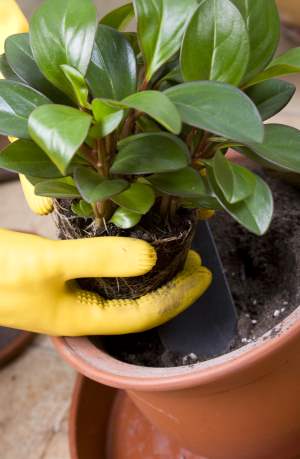 For many of us, summer & Christmas holidays means having friends and family over. It can be a busy time and our gardens can be neglected; so hopefully work you've been putting in up to now will have paid off! Here's some last minute jobs to give to your teenagers when school's finished (good luck with that) to help get your place spruced up!
For many of us, summer & Christmas holidays means having friends and family over. It can be a busy time and our gardens can be neglected; so hopefully work you've been putting in up to now will have paid off! Here's some last minute jobs to give to your teenagers when school's finished (good luck with that) to help get your place spruced up! We've got lots of things BIG and SMALL for the gardeners in your life... Things like:-
We've got lots of things BIG and SMALL for the gardeners in your life... Things like:-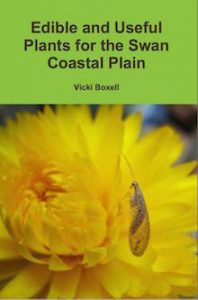 'Edible and Useful Plants for the Swan Coastal Plain' - written by Fremantle horticulturalist & permaculturalist, Vicki Boxell. This book provides information about plants that are edible or have other uses. They can all be grown in Perth, Western Australia and would also grow in other places with sandy soils with a temperate or Mediterranean climate. The sands of the Swan Coastal Plain are particularly poor and sandy and require special attention to become productive. This book is a comprehensive guide that would be suited to keen gardeners wishing to expand their knowledge and grow successfully in Perth. Price $22.50
'Edible and Useful Plants for the Swan Coastal Plain' - written by Fremantle horticulturalist & permaculturalist, Vicki Boxell. This book provides information about plants that are edible or have other uses. They can all be grown in Perth, Western Australia and would also grow in other places with sandy soils with a temperate or Mediterranean climate. The sands of the Swan Coastal Plain are particularly poor and sandy and require special attention to become productive. This book is a comprehensive guide that would be suited to keen gardeners wishing to expand their knowledge and grow successfully in Perth. Price $22.50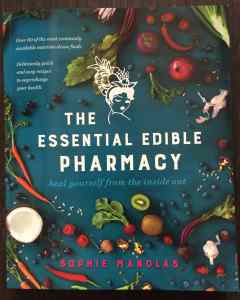 'The Essential Edible Pharmacy'
'The Essential Edible Pharmacy'
 'How to Permaculture Your Life' written by Mundaring educator & permaculturalist, Dr. Ross Mars. This book contains practical permaculture advice on topics like how to build gardens & improve our soils, nutritious food & fodder plants, how to make simple food and fermented products, strategies for rural properties, how to harvest, store, conserve and reuse water and energy. Perfect for people wanting to learn about and practise self sufficiency strategies in their own back yard. Price $30.00
'How to Permaculture Your Life' written by Mundaring educator & permaculturalist, Dr. Ross Mars. This book contains practical permaculture advice on topics like how to build gardens & improve our soils, nutritious food & fodder plants, how to make simple food and fermented products, strategies for rural properties, how to harvest, store, conserve and reuse water and energy. Perfect for people wanting to learn about and practise self sufficiency strategies in their own back yard. Price $30.00  'Square Metre Gardening' by Mel Bartholomew has been revised for Australia and contains lots of useful gardening tips & advice, as well as being the bible for Square Metre Gardening; containing planting guides, spacing information, etc. for those wanting to experiment with this intensive method of food production for small spaces. With lots of pictures and easy to follow instructions, this book makes a great gift for new gardeners. Price $29.95
'Square Metre Gardening' by Mel Bartholomew has been revised for Australia and contains lots of useful gardening tips & advice, as well as being the bible for Square Metre Gardening; containing planting guides, spacing information, etc. for those wanting to experiment with this intensive method of food production for small spaces. With lots of pictures and easy to follow instructions, this book makes a great gift for new gardeners. Price $29.95 GARDENING GLOVES
GARDENING GLOVES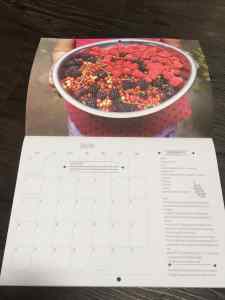 2017 PERMACULTURE KITCHEN CALENDARS
2017 PERMACULTURE KITCHEN CALENDARS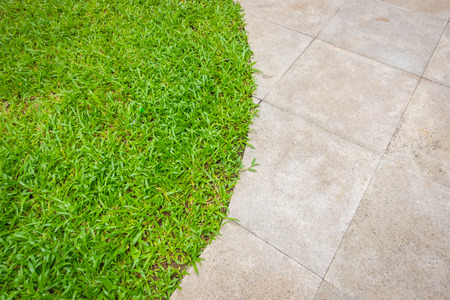 The information below is taken from an article which appeared in 'Greenworld' Magazine a few years ago. Acknowledgement goes to Todd Layt who wrote the original article. He is the Director of Ozbreed, a Victorian company that produces drought tolerant plants and turf varieties. I thought it was very interesting at the time as a comparison of summer temperature readings taken on various landscape surfaces. I filed it away and came across it again recently so decided to share it with you - I hope you'll find it interesting!
The information below is taken from an article which appeared in 'Greenworld' Magazine a few years ago. Acknowledgement goes to Todd Layt who wrote the original article. He is the Director of Ozbreed, a Victorian company that produces drought tolerant plants and turf varieties. I thought it was very interesting at the time as a comparison of summer temperature readings taken on various landscape surfaces. I filed it away and came across it again recently so decided to share it with you - I hope you'll find it interesting! Other materials tested included:
Other materials tested included: Given that shade provided by trees can reduce concrete surface temperatures by up to 28.47° (comparing concrete tennis court to concrete in shade) - I'm sure you'd have to agree that we need to be more vocal to our councils and politicians with the cry of "more trees please" in our cities and suburbs.
Given that shade provided by trees can reduce concrete surface temperatures by up to 28.47° (comparing concrete tennis court to concrete in shade) - I'm sure you'd have to agree that we need to be more vocal to our councils and politicians with the cry of "more trees please" in our cities and suburbs.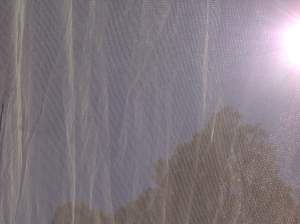
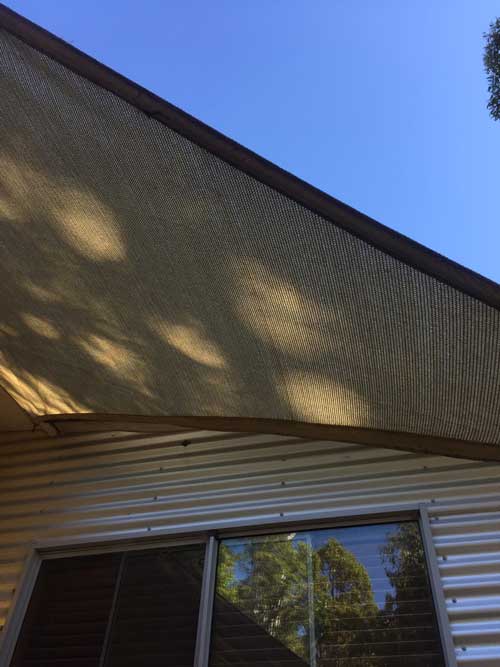 How much wind is your garden exposed to? This should also factor in your decision. Hot, drying winds dehydrate plants, so extra protection and/or windbreaks may be essential; at least on the side of the prevailing summer wind.
How much wind is your garden exposed to? This should also factor in your decision. Hot, drying winds dehydrate plants, so extra protection and/or windbreaks may be essential; at least on the side of the prevailing summer wind.




















